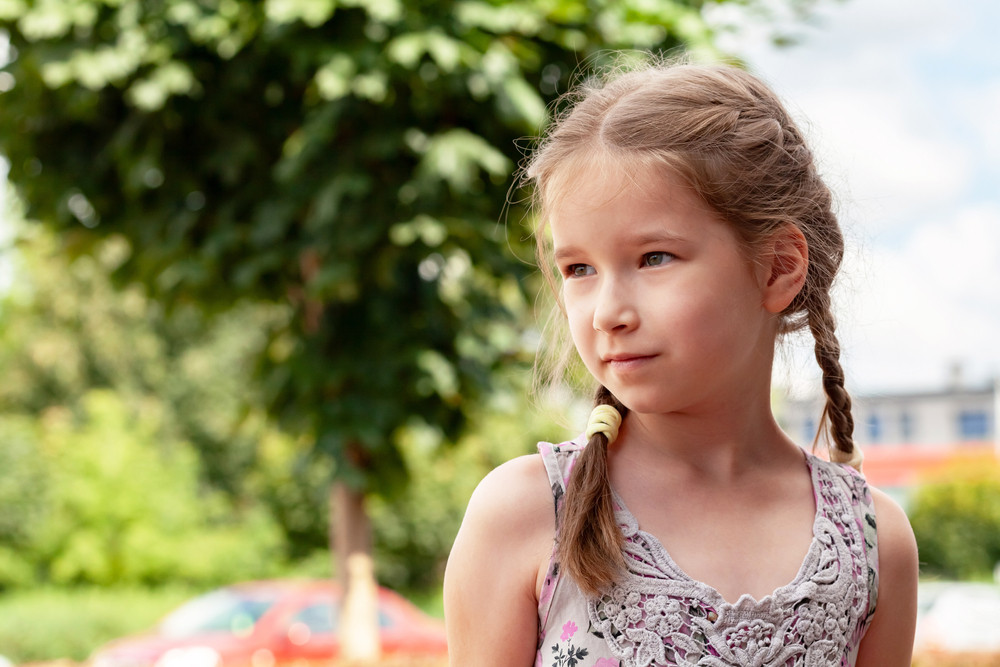Psychology
Autism In Girls

At one time it was thought was that the incidence of autism in girls as a ratio to autism in boys was something like 1:7.
But we now realize that Autism Spectrum Disorder (ASD) is very much undiagnosed in girls and women, mainly because autistic females have different characteristics to autistic males and do much better at hiding their autistic characteristic to fit in – also known as ‘masking’. The real ratio is probably closer to 1:2. Frighteningly many autistic women do not get their diagnoses until adulthood!
What does autism look like in girls?
Recognizing autism in a girl is tricky, and whilst every child is different, there are some common characteristics you may have observed:
A special interest in animals, collectables or other past times bordering on obsession
A desire to arrange and organize objects
Difficulty playing cooperatively with female peers (wanting to dictate the rules of play or preferring to play alone to maintain control)
Apparent (although subtle) mimicking of others in social situations to blend in
A tendency to meltdown at home, but to hold their emotions in check at school
Sensory sensitivities (for example; clothing tags, socks, loud noises or bright lights)
What is life like for a female teenager with autism?
The teenage years are tough for many people but for an autistic female there are some significant daily struggles.
The social rules of adolescent girls are complex and far more confusing than those in the primary school years when many autistic girls can camouflage their autism. They were able to mimic behaviors and be superficially social but the effectiveness of this can wane as they and their peers get older.
In adolescence many people form their social identity, but an autistic teenager can find that difficult as so much of what they have done to date has been behaving as others expected them to behave. The resulting lack of authenticity (at no fault of their own) also makes it hard to create deeper connections with peers and consequently friendships might be lacking or fairly superficial.
Whilst there are some autistic teenagers who can keep up the daily act of neurotypical behavior, the mental exhaustion of processing social information and social expectations takes a toll. This may be evidenced by a teenager who is physically and mentally drained at the end of a day and needs to recover in solitude just to prepare for the demands of the following day.
What happens if diagnosis is delayed?
In the simplest terms, the sooner diagnosis can happen the sooner the autistic female can receive tailored support for her development and wellbeing, thereby giving her the best chance to thrive, at the earliest possible age.
You may be asking, what exactly would this ‘tailored support’ look like?
In terms of psychology support, some key examples would include:
Support of the autistic female to understanding her unique needs, strengths, capabilities, and preferences.
Use of evidence-based interventions tailored to support the young person’s specific needs.
Provision of education, support, and consultation to the family of the autistic female and to other people in support roles such as teachers and support workers.
Identifying and differentiating co-occurring conditions, such as anxiety, learning difficulties, and ADHD, which can be very common in autistic individuals.
Treatment of co-occurring conditions that require separate interventions, such as anxiety.
Undertaking intensive educational programs and therapies to support language and develop social strengths are also beneficial to autistic young people. Speech pathology to support communication and occupational therapy to support participation and independence as well as sensory motor development and learning how to cope in different environments will support these girls for education, development as well as social and community participation.
Failing to recognize autism in girls and young women early can cause a myriad of issues. The longer these girls and young women are masking and internalizing problems, the greater the stress and anxiety that grows within. Sadly, the statistics show that females with autism are far more likely to suffer from anxiety, depression, eating disorders and other behaviours such as self-harm.
What is involved in an Autism Assessment?
There are standard components to an Autism Assessment for a child or teenager. Usually, questionnaires and observation forms are completed by both a parent and a teacher as a starting point.
Next an appointment takes place between the child and psychologist where the psychologist can interact with the child and observe traits of Autism. In some circumstances the Autism Diagnostic Observation Schedule (ADOS) is completed, but this is not always required as there are other ways for the psychologist to gather the necessary information for their diagnosis, including other formal and informal assessments, clinical observations, parent/child interview, and liaising with other involved allied health professionals.
Detailed parent discussion takes place next in the form of a Diagnostic Workup (DIAG). Lastly a feedback appointment would take place between the psychologist and parents, and a comprehensive report would be produced. The report is an important component for use in a NDIS application and is a valuable resource for self-understanding and to obtain appropriate support in school.
Adults can also be assessed for autism and other conditions, although the process is slightly different to that of children and adolescents. For more information on Adult Autism Assessments visit: https://www.autismawareness.com.au/diagnosis/adults/getting-a-diagnosis
For more information and support:
Yellow Ladybugs is an autistic-led non-government organisation with strong bridges to the community. They are dedicated to the happiness, success and celebration of autistic girls and women. They believe autistic individuals of all genders deserve to be recognised, valued, accepted and supported in order to realise their full potential.
https://www.yellowladybugs.com.au/